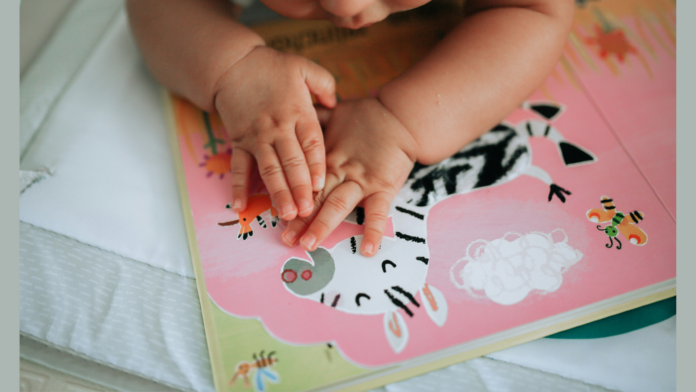The Inclusive Books for Children (IBC) recently shared their report, Excluded Voices, examining children’s books published in the UK between 2014 and 2023. The study focused on three categories:
- Baby and Toddler Books (ages 1–3)
- Picture Books (ages 3–7)
- Children’s Fiction (ages 5–9)
Books were counted based on their most recent year of publication. Out of 1,200 books reviewed through the IBC process, 635 were deemed eligible for inclusion in the report. Of these 635, 568 contained marginalised main characters, and only 56 baby and toddler books had marginalised main characters. What does this mean for the children’s publishing industry? How does this impact children?
Representation in Children’s Literature
The Excluded Voices report shows that, even when representation is present, it is not by Own Voice creators. An Own Voice creator offers confidence that the worlds created or described in a book are represented as authentically as possible. Own Voices creators draw from their lived experiences, filling their work with the cultural nuance of being active members of their communities.
In the Excluded Voices report, which is available to download, of the 685 books that were eligible for inclusion, 58.8% of those books were not by Own Voice creators. The report highlights that storybooks for younger children featuring characters of colour, as well as disabled and neurodivergent protagonists, are predominantly created by white, able-bodied, neurotypical creators. Ironic.
Despite the growing demand for diversity, the number of creators from marginalised backgrounds remains “vaninshingly small”, and appears to be “fizzling out” as the IBC report states (page 6). While the reasons for this decline vary, a key factor appears to be the short-sightedness of the children’s publishing industry.
Historically, publishers have focused on marketing to the majority for commercial reasons, but this approach is out of touch with the changing attitudes of society. Investing in diverse Own Voice creators and their stories could offer long-term benefits for publishers willing to break away from the status quo.
Representation in children’s books has, unfortunately, always been an issue. It is an issue that is definitely improving; the 2023 CLPE report indicates that 30% of children’s books published in 2022 feature a racially minoritised character, up from just 4% in 2017. But, the pace of change does not reflect the potential of the publishing world. They have the resources and tools to make significant progress, yet it doesn’t seem to be a priority for the big, mainstream publishing houses.
Why Own Voice Stories Are Important
Own Voice stories are essential for various reasons, including:
- Providing representation.
- Giving children the opportunity to see themselves in the stories.
- Promoting empathy in children.
- Creating authentic worlds.
- Promoting acceptance.
The Impact Lack of Representation Has on Children
A 2016 study reported that children’s books tend to show protagonists that are “predominantly upper middle class, heterosexual, nondisabled, English-speaking, and male.” When children read books that feature only a single type of protagonist, it can negatively and dramatically impact how they view themselves. This limited representation can lead them to feel less valued, ultimately diminishing or overlooking their own identities.
It’s essential for children to feel connected to the books they read — not only through the characters and stories, but also by seeing themselves in the authors, illustrators, and publishers behind these works. When children find their own experiences, cultures, and perspectives reflected in books, it strengthens their love for reading and helps them feel valued. This kind of representation can inspire them to believe that their voices and stories belong in books too.
Ken Wilson-Max on What Publishers Need to Do
Scrolling to the end of IBC’s Excluded Voices report, children’s author Ken Wilson-Max comments:
“I had many years of being asked by publishers to make this character Black, or that character Chinese — and that kind of menu doesn’t work. Adjusting skin colour alone isn’t enough. Something more has to be conveyed. We have to make characters authentic and believable, and it shouldn’t matter if they are real or imagined. That’s what representation is about.
Publishers do see the value in selling to everybody — it’s obvious they stand to make larger profits eventually. But this change must be approached with commitment, and an understanding of the cost of the investment, and how long it might take.”
Recommended Books
If you are looking for Own Voice books that offer a diverse, high-quality, and inclusive reading experience, check out Inclusive Books for Children’s Booklist.
Words by Emily Fletcher
